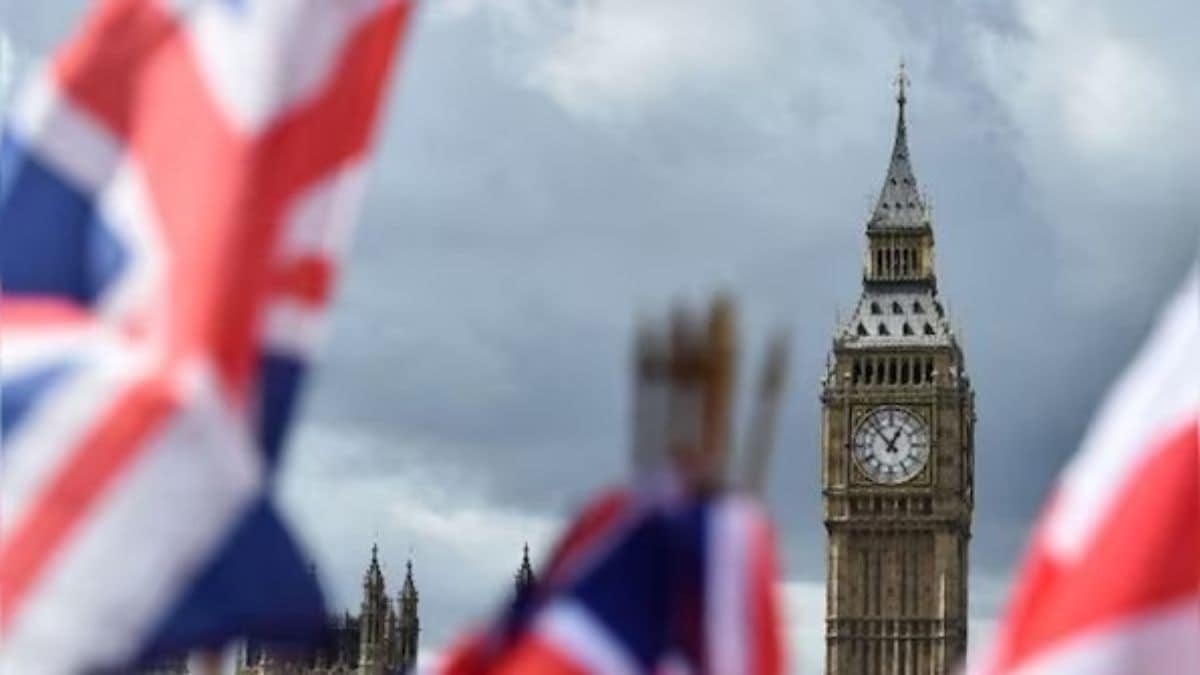Sterling Plunges to $1.2517 as UK Economic Weakness Sparks Rate Cut Fears

The value of the British pound, often referred to as sterling, hit its lowest level against the US dollar since May on Friday, falling 0.56% down to $1.2517. Analysts have warned that if future economic data continues to show signs of weakness, the Bank of England may be forced to implement more drastic rate cuts than currently expected by markets.
The pound's decline is largely attributed to a contraction in UK business output in November for the first time in over a year, as revealed by the S&P Global Flash Composite Purchasing Managers' Index. The index, which measures economic activity, fell to 49.9, slipping below the 50.0 threshold that separates growth from contraction for the first time in 13 months.
Retail sales data also showed a significant decline, with October volumes dipping 0.7% compared to September, the steepest drop since June and worse than anticipated. This has raised concerns about consumer spending power, a key driver of economic growth.
"Today's PMI data were the first real test of the chancellor's budget – alongside businesses' reaction to unfolding geopolitical events," said Sanjay Raja, chief UK economist at Deutsche bank. "We are seeing stress on hiring plans, with both manufacturing and services sectors reporting falls in hiring plans. And input prices, particularly for services, have started to firm as businesses digest the budget tax implications."
The Bank of England has been seen as less likely to cut interest rates than expected due to its efforts to maintain inflation control. However, if economic data continues to show signs of weakness, policymakers may be forced to reevaluate their strategy.
As a result, gilt yields declined on Friday as markets slightly increased their expectations for Bank of England easing.
Meanwhile, the value of sterling remained stable against the euro, trading flat at 83.24 pence, despite both being pressured by weak economic data in their respective regions.
